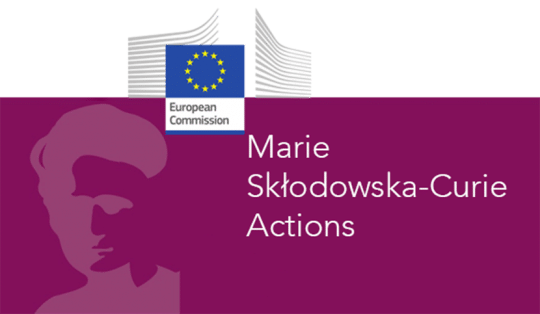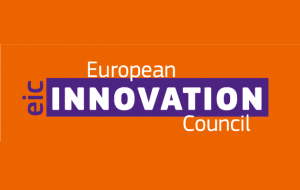Why EU R&I community needs Governance Innovation and professionals of proposals submission & Project Management.
Writing and managing EU-funded projects can turn into a painful experience. In almost two decades of experience in EU affairs, one of the things I learned is that writing a project proposal for EU funding can turn into a very painful experience for the person who took the lead in the design and editing. Irrespective of the experience in preparing and submitting proposals, this is a risk and a possible headache for any EU funds applicant.
The reason is that EU programmes are conceived by the Granting Authorities (by the European Commission, in the case of Horizon programmes). The main pain point is that the funding mechanism is sometimes blind to the real needs of the R&I community. A few examples may clarify this point.
In particular, for collaborative projects, they are needed – or encouraged – to be:
- large temporary organisations (“consortia”),
- with ambitious goals (“beyond the state-of-the-art”),
- composed of organisations representing several different MS and Associated countries (trans-nationality),
- very inter-disciplinary (“interdisciplinary approach”),
- with significant attention to ethical principles (“ethics” and “security” issues),
- cautious not to harm the environment (“DNSH principle”),
- open as much as possible to the dissemination of results and data (“Open Access” and “Research Data Management”)
…but also…
- business-oriented, to turn results into patents and finally into products/services (“exploitability”),
- ensuring gender balance and dimension,
- and a project financial management in line with very complex financial regulations (costs eligibility).
Last but not least, and at the same time, they have to:
- show dramatic impact on the society and economy for the wellbeing of EU taxpayers, industry, and the planet Earth (“impact”)
- helping to re-shape the European and global governance (supporting the role of politics and decision-makers, inspiring new policies and governance).
Such ambitious goals – that apparently would require solid governance and professional management of the project implementation – should supposedly be achieved without any support from project management professionals (coordination & management is a typical project activity that cannot be subcontracted, ed.).
Many believe that it is time for the EU donors to make a step forward, granting dignity and relevance to professional EU-funded actions Project Management. This is neither cheating on the technical capacity of Coordinators nor hacking the system introducing non-research-related actors into the funding mechanism. Contrarily, it is about ensuring the application of a simple and transparent principle: SUBSIDIARITY.
A research institution does not necessarily need to be a professional project coordinator: the research owner has to be an excellent researcher; a Coordinator has to be an excellent project manager.
In other words, it is time to make project coordination a project activity that can be externalised, either subcontracted or taken over by a professional project management entity under a different funding scheme (e.g., top-up lump sum funding). A specific role in the consortium should be foreseen.
For example, each project consortium might have:
- 1 Project Owner, i.e., the legal entity leading the scientific and technical implementation of the project and main owner of project results;
- 1 Coordinator, a legal entity whose mission is providing professional proposal and project management to the consortium;
- and the typical plethora of partners, contributors, affiliated entities, associated partners contributing to the technical implementation of the action.
One small step to make EU projects more impactful, well-managed…and bullet-proof to costs rejections and grant reductions.
This is typically called Governance Innovation.
Author: Marco Liviantoni, Director of the EFMC’s Services
Picture: Pexels




